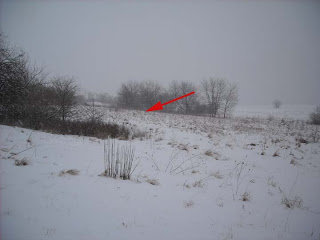While Rocky may make things look quiet on the farm, we have been busy planting when we can. Last week offered a few days in which we could prep a lot of beds and do both some direct seeding (carrots, beets spring turnips), and transplanting (broccoli, cabbage, lettuce, onions).
The broccoli and cabbage went in the ground via our new transplanter. It pulls behind our large tractor (“Grandpa”), punching a hole in the soil and filling it with water. The farmer sits on the transplanter and drops plants into the holes as they roll by. We then come around behind and firm in the plants for a good stand. In our first trial morning we planted 600 broccoli and 600 cabbage plants. We plan on perfecting our method this Spring.
We are very happy with the quality of our transplants righs now. The greenhouse looks good and able to put out very healthy starts. They are growing so well that our main concern is holding them too long in the greenhouse if we can’t get them out to the field. We will continue squeezing in our planting between rain showers as we can.
Broccoli transplants in soil blocks
Last week we had the help of many hands for a day or two of our work. Six students from the William Jewell Ecology of Food class filled their service learning hours by helping with the lettuce and brassica planting. They also helped us cut 500 pounds of seed potatoes to prep them for going in the ground.
On Sunday we took a break before starting another week to have brunch with some friends and celebrate Rebecca’s 37th trip around the sun. It was a beautiful day and a splendid time was had by all. Happy Birthday Becky!


































